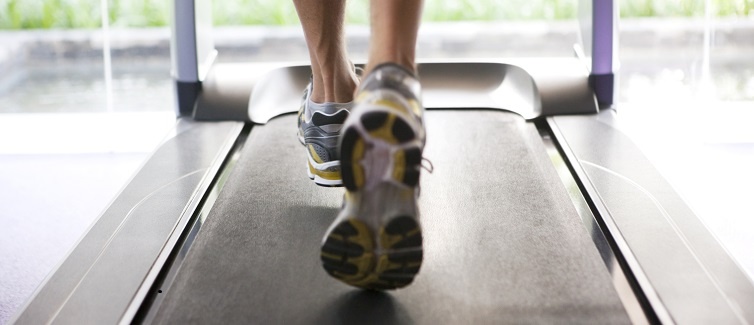You’ve been logging dozens of miles each week in preparation for your next race, and now you are suffering from runner’s foot problems. A very common issue for runners is calluses, especially on the toes.
We get it: You’re proud of your running time and mileage, but now you have rough yellowish patches on your feet. You want to sport sandals, but how can you when you have unpleasant calluses from running?
Calluses are patches of thick, rough skin caused by repeated friction or pressure. Calluses from running typically develop on your feet, but they can appear anywhere on the skin. Foot calluses can result from any type of sport in which your feet suffer recurrent pressure.
Learn more about caring for your body during sports and fitness activities at UPMC Sports Medicine, or call us at 1-855-93-SPORT (77678).
Never Miss a Beat!
Subscribe to Our HealthBeat Newsletter!
Thank you for subscribing!
You can now select the specific newsletters you'd like to receive.
You are already subscribed.
Subscribe to more newsletters in our email preference center.
Sorry, an error occurred. Please try again later.
Get Healthy Tips Sent to Your Phone!
The Upside: How Calluses Help Runners
It turns out there’s a benefit to having ugly calluses on your feet during sandal season.
The repeated friction from contact between your foot and your shoe during running causes the skin on your foot to die and harden into a protective surface. So what’s the good news? This dry, hard layer protects the area experiencing friction. Calluses guard your feet against sores and blisters on those long runs.
Also, if you are suffering from runner’s foot problems like calluses, you don’t necessarily need to treat them. If the callus isn’t painful, then it’s best to leave it alone.
Preventing Calluses
Calluses can be bothersome and sometimes painful. So, what can you do to prevent them?
First, wear shoes that fit properly. Shoes that are too tight on the top or sides of the toe box can lead to calluses.
Next, when running, wear moisture-wicking athletic socks to prevent friction and sliding. “Runner’s World” recommends buying thicker socks that have extra cushion in the areas where calluses commonly form. Some companies also sell foot ointment that can help reduce friction during activity, thus preventing calluses.
Other options include placing cushions or moleskin over calluses to help reduce friction. You can also stick these in callus-prone areas to help prevent calluses from developing.
How Athletes Can Treat Calluses
If your calluses are bothering you, the American Academy of Dermatology recommends treating them yourself by soaking your feet in warm, soapy water for five to ten minutes.
Next, take a pumice stone (which can be purchased at a local drugstore), get it wet, and rub it on your wet calluses for two to three minutes. The stone can scrape off the dead, hard skin that has formed on your foot. Be careful not to scrub too hard or remove too much skin to avoid bleeding or infection.
Repeat this process multiple times per week, or as needed. Follow the scrub sessions with moisturizing foot cream to keep the area soft.
You can ask a pedicurist to remove a callus by scrubbing it with a file. But don’t let them over-scrub the callus, which can lead to cracking, bleeding, or infection.
If your calluses are painful or especially tough to remove, see a podiatrist. They can shave the callus correctly, prescribe a softening ointment, and offer a gait analysis, which can help you find a better-fitting shoe that may help prevent further calluses.
Though the pumice stone technique is safe to do at home, never try to shave or cut off your calluses on your own. Doing so can make your feet more susceptible to infection.
Remember, calluses are a normal occurrence for many athletes, and they often protect against other runner’s foot problems. But if your calluses are causing problems, there are ways to alleviate irritation and pain.
Learn more about caring for your body during sports and fitness activities at UPMC Sports Medicine, or call us at 1-855-93-SPORT (77678).
About Sports Medicine
An athletic lifestyle carries the potential for injury. Whether you’re an elite athlete or a weekend warrior, UPMC Sports Medicine can help. If you are looking to prevent, treat, or rehabilitate a sports injury, our multidisciplinary team of experts can help you get back into the game. If you are seeking to improve your athletic performance, we can work with you to meet your goals. We serve athletes and active people of all ages and experience levels. Our goal is to help you keep doing what you love. Visit our website to find a specialist near you.
